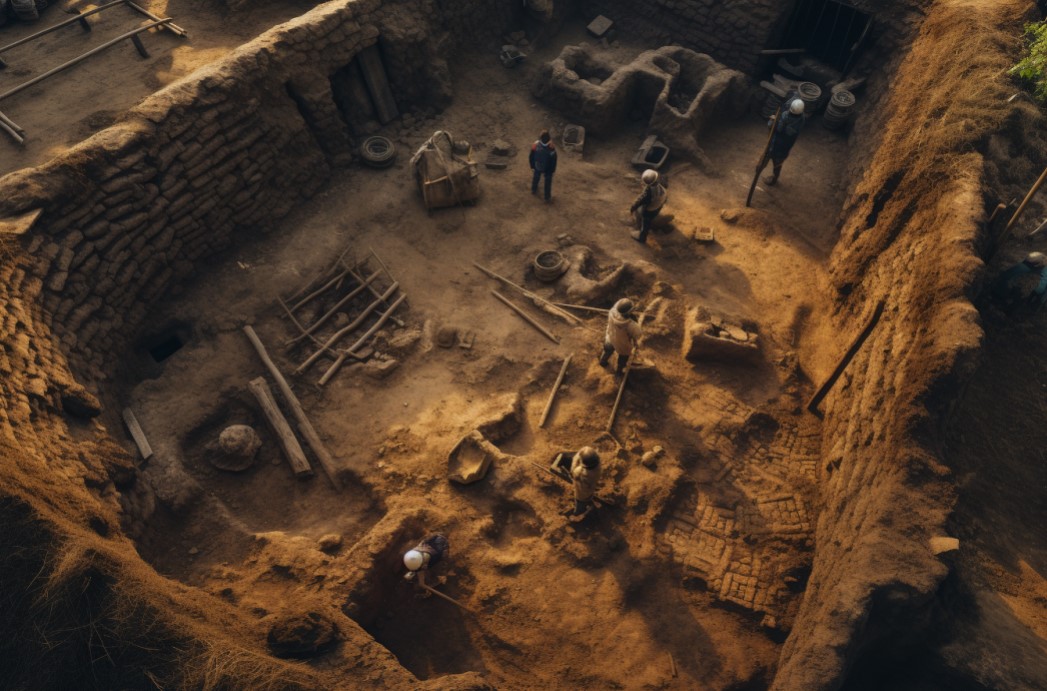Archaeology, the study of human history through the excavation of artifacts and structures, is an intricate and time-consuming process. However, the emergence of artificial intelligence (AI) has opened up new avenues for archaeologists to enhance their search for undiscovered archaeological sites. By leveraging AI technologies, such as machine learning and data analysis, archaeologists can streamline their efforts, uncover hidden patterns, and make more informed decisions regarding potential excavation sites. This article explores the exciting possibilities of AI in archaeology and highlights its potential to revolutionize the field.
One of the primary ways AI can aid archaeologists is through remote sensing techniques. Advanced satellite imagery, LiDAR (Light Detection and Ranging) technology, and drones equipped with high-resolution cameras can capture vast amounts of data from large areas. AI algorithms can then be employed to analyze this data, identifying subtle features or anomalies that may indicate the presence of archaeological sites beneath the surface. By using machine learning algorithms trained on known archaeological sites, AI can recognize patterns and potential indicators of hidden archaeological features, helping archaeologists narrow down their search areas.
AI can also assist archaeologists in predicting the likelihood of undiscovered archaeological sites in certain regions. By combining various datasets, including historical records, geological information, and environmental factors, AI algorithms can create predictive models. These models analyze the correlation between known archaeological sites and specific characteristics of the landscape to identify areas with a higher probability of harboring hidden sites. This enables archaeologists to prioritize their efforts and concentrate on areas that are more likely to yield significant discoveries.
Archaeological research often involves extensive literature reviews and analysis of historical documents. AI-powered text mining and document analysis can greatly speed up this process by automatically scanning and analyzing vast quantities of written materials. Natural language processing techniques allow AI to identify relevant keywords, extract meaningful information, and detect potential references to unexplored archaeological sites. This can provide archaeologists with valuable insights and direct them to previously overlooked locations or ancient civilizations.
AI can facilitate public engagement in archaeological research by harnessing the power of citizen science. Online platforms can encourage people from all over the world to contribute to archaeological discoveries by analyzing images, maps, or other data. AI algorithms can be employed to process and filter the inputs received from the public, helping to identify promising areas for further investigation. This collaborative approach not only accelerates the search for new dig sites but also raises public awareness and involvement in preserving our shared cultural heritage.
 Midjourney Prompt: “AI archaeologist discovers ancient burial site”
Midjourney Prompt: “AI archaeologist discovers ancient burial site”
Artificial intelligence has immense potential to revolutionize the field of archaeology, offering new tools and techniques for the discovery of unexplored dig sites. By leveraging AI's capabilities in remote sensing, predictive modeling, data analysis, and public engagement, archaeologists can optimize their efforts and make more targeted decisions regarding excavation sites. However, it is important to note that AI is a complementary tool to human expertise, and its successful implementation requires collaboration between archaeologists, data scientists, and domain experts. With continued advancements in AI technology, the future holds great promise for uncovering hidden chapters of our ancient past and deepening our understanding of human history.
